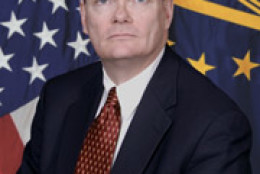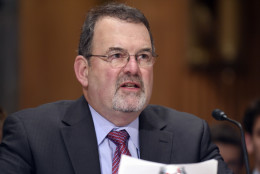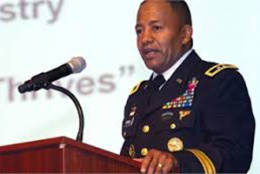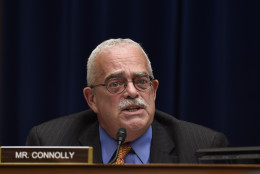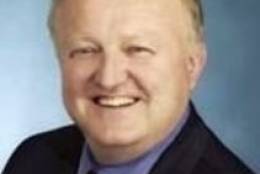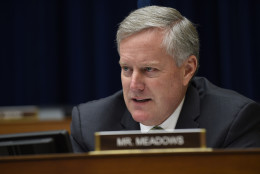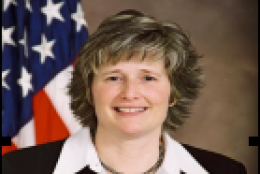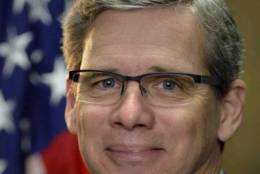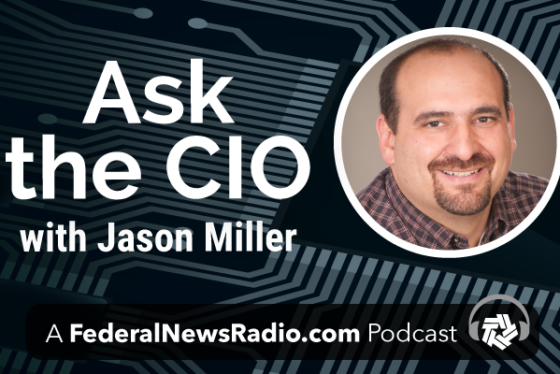CIO News
-
Terry Halvorsen, who has been the Defense Department’s chief information officer since the summer of 2014, said Wednesday that he will retire from government service on Feb. 28, but that the department's current IT policies and priorities are unlikely to undergo significant changes during the transition to a new administration.
January 12, 2017 -
The new year brings a host of people on the move, including a new deputy CIO at the Defense Department and a familiar face leading the Consumer Financial Protection Bureau’s IT office.
January 09, 2017 -
Tony Scott, the federal chief information officer, said in an exit interview that the update to Circular A-130 and the Federal IT Acquisition Reform Act (FITARA) are among the most significant accomplishments during his almost two-year tenure, which will end Jan. 17.
January 06, 2017 -
Lt. Gen. Bob Ferrell, the Army’s chief information officer/G6, said there are several parallel initiatives like data center consolidation and network consolidation to reach the end goal of having a modernized IT infrastructure and end-user services.
December 16, 2016 -
Federal IT Dashboard data compiled exclusively for Federal News Radio shows the average time it takes an agency to complete an IT program to is 1,018 days and the average cost is $23.2 million per program. Both of these data points demonstrate the need to change how CIOs and mission owners measure project success.
December 15, 2016 -
Beyond the federal scorecard, DHS and State provide details on how IT reforms are impacting their respective agencies.
December 12, 2016 -
Sylvia Burns, the Interior Department’s chief information officer, said her team responded aggressively over the last 18 months to improve the agency’s cybersecurity posture, including using two-factor authentication for computer access.
December 08, 2016 -
The House Oversight and Government Reform Committee released its third report card on agency progress in implementing the Federal IT Acquisition Reform Act (FITARA) and found 12 improved their grades, 11 stayed the same and one dropped.
December 07, 2016 -
Terry Milholland, the former chief information officer and chief technology officer at the IRS, who retired in June, said by becoming world class in managing and overseeing technology, the bureau is seeing real improvements in its operations.
December 02, 2016 -
Because 2020 will be the first time that the Census will rely more upon the internet than paper, the bureau has to test, roll out and connect 52 separate systems, which is a tall order for the agency.Because 2020 will be the first time that the Census will rely more upon the internet than paper, the bureau has to test, roll out and connect 52 separate systems, which is a tall order for the agency.
November 18, 2016 -
David Shive, the General Services Administration’s chief information officer, is helping new Technology Transformation Service Commissioner Rob Cook adjust to the federal community while also refocusing on the agency’s IT priorities.
November 17, 2016 -
NASA Administrator Charles Bolden met with Hewlett-Packard Enterprise Services CEO Meg Whitman in October to discuss ongoing challenges with the $2.5 billion ACES contract.
November 17, 2016 -
Across the cabinet agencies, 10 chief information officers are politically appointed. The question continues to come up every four years whether these senior IT executives need to be career or political.
November 14, 2016 -
Lisa Schlosser, the federal deputy chief information officer, called it a career on Nov. 9 after more than 30 years in government.
November 10, 2016 -
Brian McGrath, the chief information officer of the Office of Justice Programs, said the bureau figured out how to make the Trusted Internet Connection work with its cloud infrastructure.
November 10, 2016

